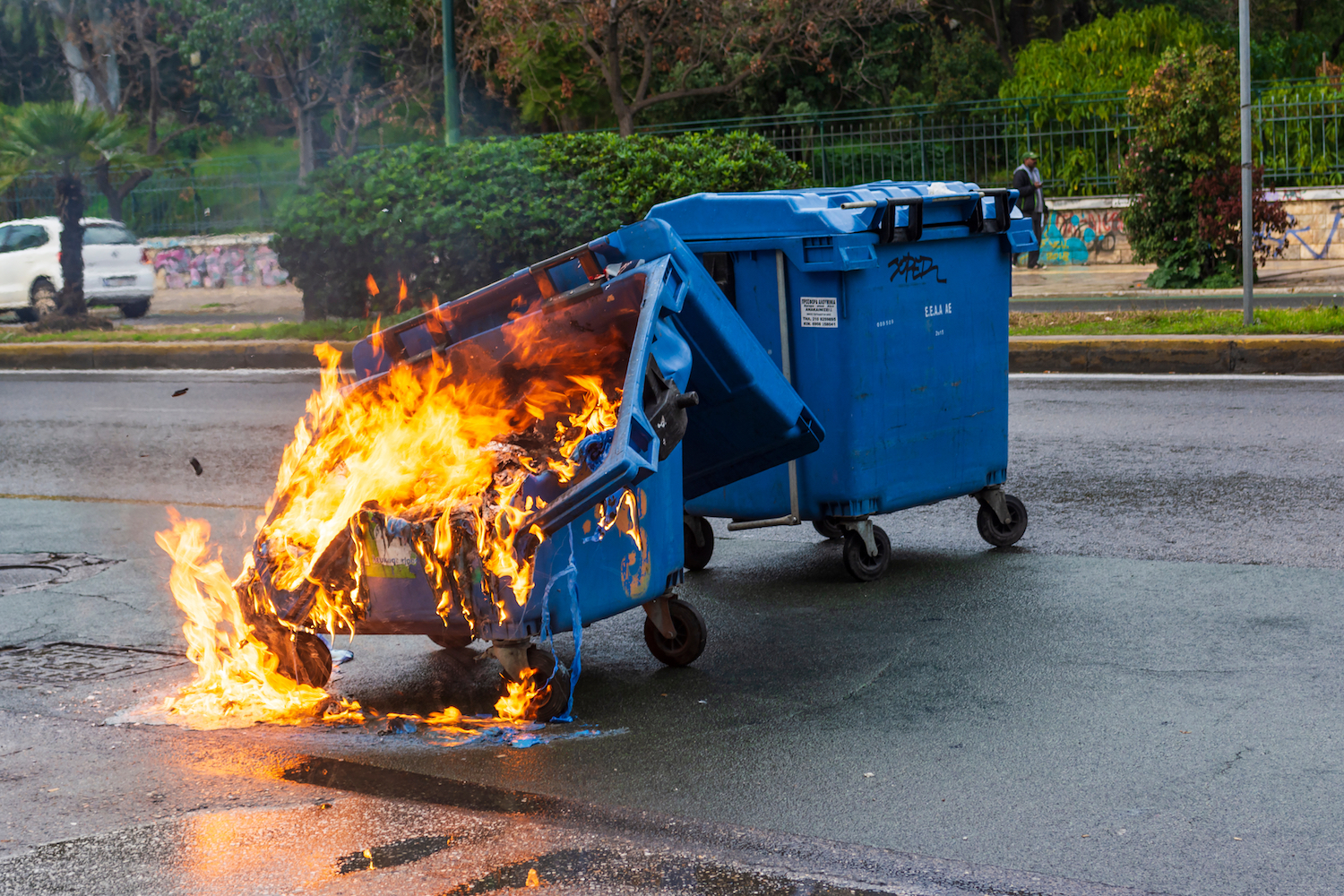Windows 10 updates cause nasty blue screen of death and more — what to do
Windows 10 August security updates keep throwing up errors inldung serios crashes

More bugs are popping up for a brace of cumulative Windows 10 updates that appear to be breaking more things than they are fixing.
Windows Latest reported that a lot of users are complaining about the Windows 10 KB4565351 and KB4566782 updates causing performance problems, audio issues, and even the dreaded Blue Screen of Death (BSOD).
- The best college laptops to buy now
- See the best laptops under $500
- Plus: iPad Air 2020 just leaked with a huge redesign
The updates were designed to fix security problems in Windows 10, but they seem to be causing a bad time for some machines. A lot of people ran into trouble trying to install the update in the first place, while some of those that managed to get the updates running reported other problems including looped crashes.
Failed installations have been throwing up error messages which relate to missing files in the WinSXS folder. That folder acts as a store for some system and DLL files, which you don't want corrupted or disrupted.
It appears that attempting multiple times to install the cumulative security update hasn’t proven to be a success either, with the process starting but failing after a certain point.
“Getting similar error for update KB4566782,” explained one user on Reddit. “Using Windows Update, the upgrade downloads, installs slowly to around 44%, then jumps to 100% installing, then provides the following error: ‘There were some problems installing updates, but we'll try again later. If you keep seeing this and want to search the web or contact support for information, this may help: (0x800f081f)’. I've tried it four or five times since yesterday, all with the same result.”
Blue screens of death
The failed installations appear to be causing the dreaded ‘blue screen of death’ during installation, and other problems such an endless booting loops or system freezes. Some users on the Microsoft support forum as well as Reddit, noted that the sound on their PCs isn’t working after the update installation completes.
Sign up to get the BEST of Tom's Guide direct to your inbox.
Get instant access to breaking news, the hottest reviews, great deals and helpful tips.
“I'm running 1903 and just got the KB4569751 update forced on me last night. I wake up today and my sound has stopped working,” explained one Reddit user. “I'm running an audio interface (id14) to power external speaker monitors. In the interface software I can see that I'm straight up receiving no signal from Windows whatsoever.”
“When opening the sound control panel I no longer see any of my devices (Arctis 7 headset, webcam mic, etc..). I have uninstalled the Realtek driver and restarted to no avail and even tried running a restore point which also didn’t work.”
Other users reported that even after their Windows 10 machines successfully installed the updates, they encountered other errors including severe slowdown and performance problems.
“This update has made computer unusable. Windows Explorer launches and freezes. Cannot use my external hard drives. Booting freezes. All sorts of problems. I now have to spend hours wiping and reinstalling everything,” one user wrote on Microsoft's forums.
The Windows 10 KB4565351 update has been automatically installed on one of our machines - a 2018 HP Spectre x360 15 - and we didn’t encounter any issues. So the installation errors don’t seem to be across the board, though they appear to have affected a fair number of Windows 10 users.
Interestingly, it appears to be Lenovo ThinkPad laptops that are using Hyper-V, Intel virtualization or have Windows Sandbox enabled are being disproportionately affected by the problems.
What to do
Given the width and breadth of these problems, if you are concerned about the updates, then we’d suggest turning off automatic updates in Windows 10 until Microsoft has investigated and fixed the update issues. It’s not the most elegant solution to the problem.
If you have a Lenovo ThinkPad, it might be best to avoid Hyper-V, Intel virtualization, and the Windows Sandbox for the time being.
Microsoft has yet to respond to these problems, which could be down to it investigating them before coming up with a response. That's why if you have a machine you desperately can't risk running into errors, then it might be wise to avoid these updates.
But Windows 10 updates have increasingly been causing problems to some users when they are pushed out. So having more manual control over the operating system updates might be the way to go until Microsoft smooths out its regular updates process.
Roland Moore-Colyer a Managing Editor at Tom’s Guide with a focus on news, features and opinion articles. He often writes about gaming, phones, laptops and other bits of hardware; he’s also got an interest in cars. When not at his desk Roland can be found wandering around London, often with a look of curiosity on his face.

